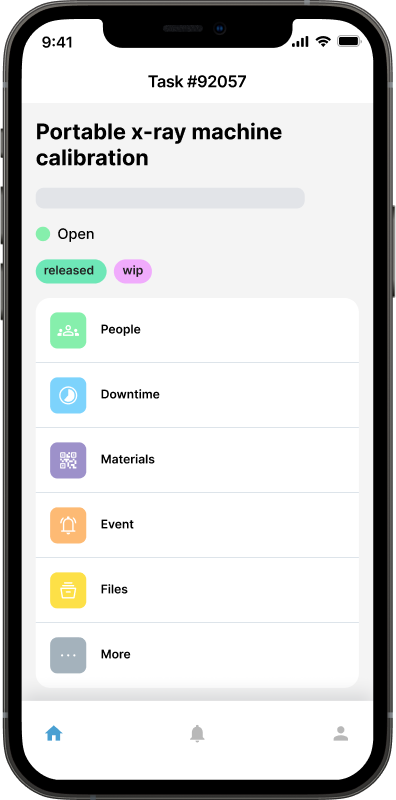Global Education Statistics

The education industry is vast and diverse, encompassing various levels of schooling, different teaching methodologies, and numerous technologies and innovations.
Here are some of the most interesting statistics and facts about the education industry:
Global Education Statistics
Enrollment and Attendance:
Primary Education: Globally, the net enrollment rate for primary education is around 90%.
Secondary Education: The global enrollment rate for lower secondary education is about 85%, but it drops to around 65% for upper secondary education.
Higher Education: Over 220 million students are enrolled in tertiary education worldwide.
Literacy Rates:
The global literacy rate for adults is approximately 86%, with significant disparities between regions and genders .
Education Spending:
Countries spend an average of 4.9% of their GDP on education.
The United States spends over $700 billion annually on public elementary and secondary schools.
Technological Impact and Online Learning
EdTech Market:
The global EdTech market is projected to reach $404 billion by 2025.
Investments in EdTech reached $16.1 billion in 2020, driven by the increased need for online learning solutions during the COVID-19 pandemic.
Online Education Growth:
The number of students enrolled in online courses has grown significantly, with over 6.6 million students in the U.S. taking at least one online course as of 2019.
Massive Open Online Courses (MOOCs) have seen enrolment numbers soar, with over 110 million learners enrolled in various courses globally.
E-Learning Effectiveness:
Studies have shown that e-learning can increase retention rates by 25-60% compared to traditional classroom learning, which is around 8-10%.
Inequities and Challenges
Gender Disparities:
Around 132 million girls are out of school globally, including 34.3 million girls of primary school age, 30 million of lower-secondary school age, and 67.4 million of upper-secondary school age.
Access to Education:
In low-income countries, only 20% of children have access to pre-primary education, compared to 86% in high-income countries.
More than half of children and adolescents worldwide are not meeting minimum proficiency standards in reading and mathematics.
Impact of COVID-19:
The pandemic caused unprecedented disruptions, with over 1.6 billion learners affected globally by school closures at the peak of the crisis.
It is estimated that around 24 million additional children and youth (from pre-primary to tertiary) could drop out or not have access to school next year due to the pandemic’s economic impact.
Higher Education Trends
International Students:
The number of international students globally has more than doubled since 2000, reaching about 5.3 million in 2017.
The U.S., the U.K., and Australia are the top destinations for international students.
Tuition Fees:
The average annual tuition fee for private, nonprofit four-year institutions in the U.S. is around $36,000, while public four-year institutions charge approximately $10,000 for in-state students.
Student Debt:
In the United States, total student loan debt exceeds $1.7 trillion, with the average borrower owing around $30,000.
Educational Innovations
Personalized Learning:
Personalized learning, which tailors education to meet individual students' needs, has shown promise in improving student outcomes. Schools using personalized learning approaches have seen improvements in reading and math proficiency .
AI in Education:
Artificial Intelligence (AI) is increasingly used to provide personalized tutoring, automate administrative tasks, and analyze student performance data to improve learning outcomes.
STEM Education:
Emphasis on STEM (Science, Technology, Engineering, and Mathematics) education continues to grow, with initiatives worldwide to encourage more students to pursue careers in these fields. For example, the number of STEM jobs is projected to grow by 8.8% by 2029, compared to 3.7% for all occupations.
These statistics and facts highlight the significant trends, challenges, and innovations within the education sector, showcasing its dynamic and evolving nature.
How can CMMS help school streamiline their maintenance?
A Computerized Maintenance Management System (CMMS) can significantly benefit schools by streamlining maintenance operations, improving asset management, and enhancing overall efficiency. Here are some key ways in which CMMS can help schools:
1. Maintenance Scheduling and Tracking

Preventive Maintenance: CMMS allows schools to schedule and track preventive maintenance tasks for facilities and equipment. This helps in reducing breakdowns and extending the life of assets .
Work Order Management: Schools can create, assign, and monitor work orders in real-time, ensuring that maintenance issues are addressed promptly and efficiently .
2. Asset Management
Inventory Control: CMMS helps in managing the inventory of spare parts and maintenance supplies, preventing shortages and ensuring that necessary materials are always available .
Asset Tracking: Schools can maintain detailed records of all assets, including purchase dates, warranty information, and maintenance history, helping in making informed decisions about repairs or replacements .
3. Enhanced Efficiency
Resource Allocation: By using CMMS, schools can better allocate maintenance staff and resources, ensuring that tasks are completed in a timely and cost-effective manner .
Data and Reporting: CMMS provides detailed reports and analytics on maintenance activities, helping school administrators to identify trends, assess performance, and make data-driven decisions .
4. Cost Savings
Reduced Downtime: Regular preventive maintenance reduces unexpected equipment failures and downtime, leading to cost savings on emergency repairs and replacements .
Budget Management: Schools can track maintenance expenses and allocate budgets more accurately, ensuring financial resources are used efficiently .
5. Compliance and Safety
Regulatory Compliance: CMMS helps schools comply with safety regulations and standards by ensuring that all maintenance activities are documented and up to date .
Safety Improvements: Regular maintenance of facilities and equipment reduces the risk of accidents and ensures a safe environment for students and staff .
6. Communication and Coordination
Improved Communication: CMMS enhances communication between maintenance staff, administrators, and other stakeholders, ensuring that everyone is aware of ongoing and upcoming maintenance activities .
Coordination: The system facilitates better coordination of maintenance tasks, reducing delays and ensuring that maintenance activities do not disrupt school operations .

